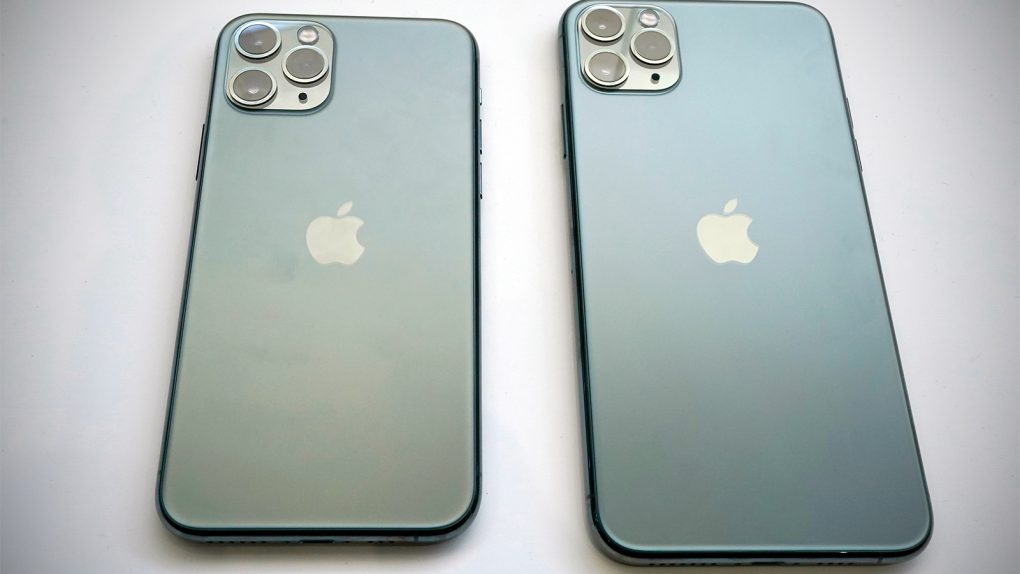In a few years from now, people will likely look back at the current smartphone era and wonder why anyone in their right mind would destroy a perfectly good smartphone by dropping it from tall heights. The reality, though, is that modern-day smartphones, while more resilient and tougher than ever, are still prone to shattering when inadvertently dropped. With that said, a good old-fashioned drop test still has some merit these days, even if the height at which modern-day smartphones will shatter is seemingly getting higher and higher. Further, given that some smartphones cost in excess of $1000, knowing how prone a certain device is to shattering is clearly information of interest to many.
In light of that, it’s time for the time-honored tradition that immediately follows the release of any brand new iPhone: a drop test highlighting just how durable Apple’s next-gen iPhone actually is.
Before getting right down to it, Apple makes a point of noting that the iPhone 11 Pro boasts tougher glass — on both the front and the back — than every other smartphone on the market. Apple attributes this added resiliency to a “dual ion-exchange process.”
Corning describes the process as follows:
Glass parts are immersed in a molten salt solution. Potassium ions (electronically charged particles) in the solution migrate into the glass surface, replacing the smaller sodium ions originally in the glass. As the glass cools, the larger potassium ions compress the glass together, creating a compressive stress layer that forms a tough surface.
It’s useful to imagine another scenario that illustrates this concept. A triangular billiards rack holds 15 pool balls closely together, but still with plenty of room to roll. Replace those balls with slightly larger tennis balls, and the rack will be packed too tightly to roll.
Its surface, in effect, has become stronger through the compression of the tennis balls.
In the case of chemically strengthened glass, it’s the surface toughness that makes it ideally suited for touchscreens, appliances, and other heavy-use applications. The glass retains more of its strength even after a minor nick or scratch, protecting it from more cracks and flaws.
So how does the iPhone 11 Pro hold up? EverythingApplePro decided to get things started by dropping Apple’s iPhone 11 Pro models from about waist-height onto concrete. Following that, both iPhone 11 devices were dropped from waist-height three more times, but from different orientations. When the dust settled, both iPhone 11 models were still intact, operational, and exhibited no damage of any notable consequence.
When the phones were dropped from head-height from various angles, the phones once again were effectively unscathed and, surprisingly enough, scratch-less. Indeed, it wasn’t until the phones were dropped repeatedly from a height of 10-feet that cracks started to appear.
The full drop test can be viewed below and does a good job of showing just how much more resilient the iPhone 11 is compared to its predecessors.








